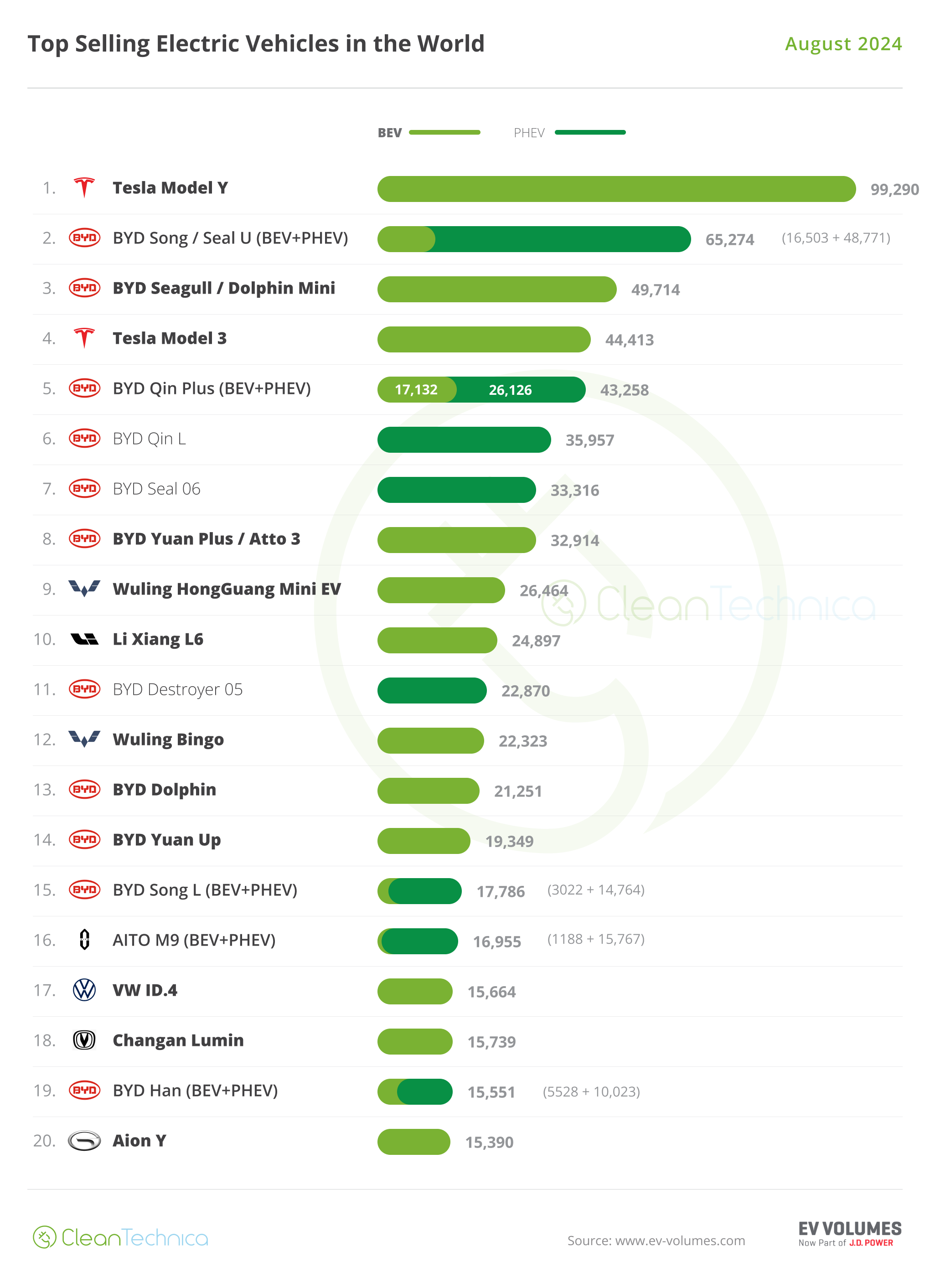Sign up for daily news updates from CleanTechnica on email. Or follow us on Google News!
Pickups are a big deal in several traditional auto markets as well as in smaller markets in Africa. About 60,000 Toyota Hilux pickups are sold in South Africa each year and a similar number in Australia. This is excluding sales of other popular pickups such as the Ford Ranger and the Isuzu D-Max in those markets. In Thailand, the numbers are even higher than that. In the US, Ford’s F-series of ICE trucks sell about 600,000 units per annum, although in the US they have a wider range of pickups, from small to medium size to full size pickups.
New car sales in a lot of African countries don’t tell the full story of the size of the auto market in Africa. That’s because in most of these countries, 95% of all new registrations are used vehicles, mostly 8-year-old or older vehicles imported from Asia, Europe, and North America. The result is sales of brand new vehicles tend to be not more than 10,000 units per year per country in quite a number of markets. This excludes the larger markets like South Africa where hundreds of thousands of brand new vehicles are sold per year. Despite the seemingly low brand new vehicle sales in some of these countries, one vehicle segment that really stands out in a lot of them is the pickup segment. Sales of pickups tend to take up over 50% of the new vehicle sales market when you combine both single cab and double cab pickups.
Brand new pickups are usually bought by fleet operators, including utility companies, governments, mining firms, and agricultural enterprises, as well as people in the electrical, plumbing, construction, and general trades industries. A lot of these applications can work well with the stated 100km range (probably quite a bit lower in real-world conditions) with assistance from the ICE engine as needed. This type of vehicle can provide a soft landing for all these entities in terms of transitioning to electrified vehicles.
Using Zimbabwe as an example, pickups make up 67% of brand new car sales. Single cab pickups are about 39.3% of sales and double cab pickups make up 27.2% of sales. Total annual sales for all vehicle segments are about 5,000 units per year, which is quite small, however, sales used to be much higher a couple of decades ago. There is room for growth in both pickup sales as well as in the other vehicle segments. In fact, there is room for growth in many African countries that are starting from a very low motorization level.
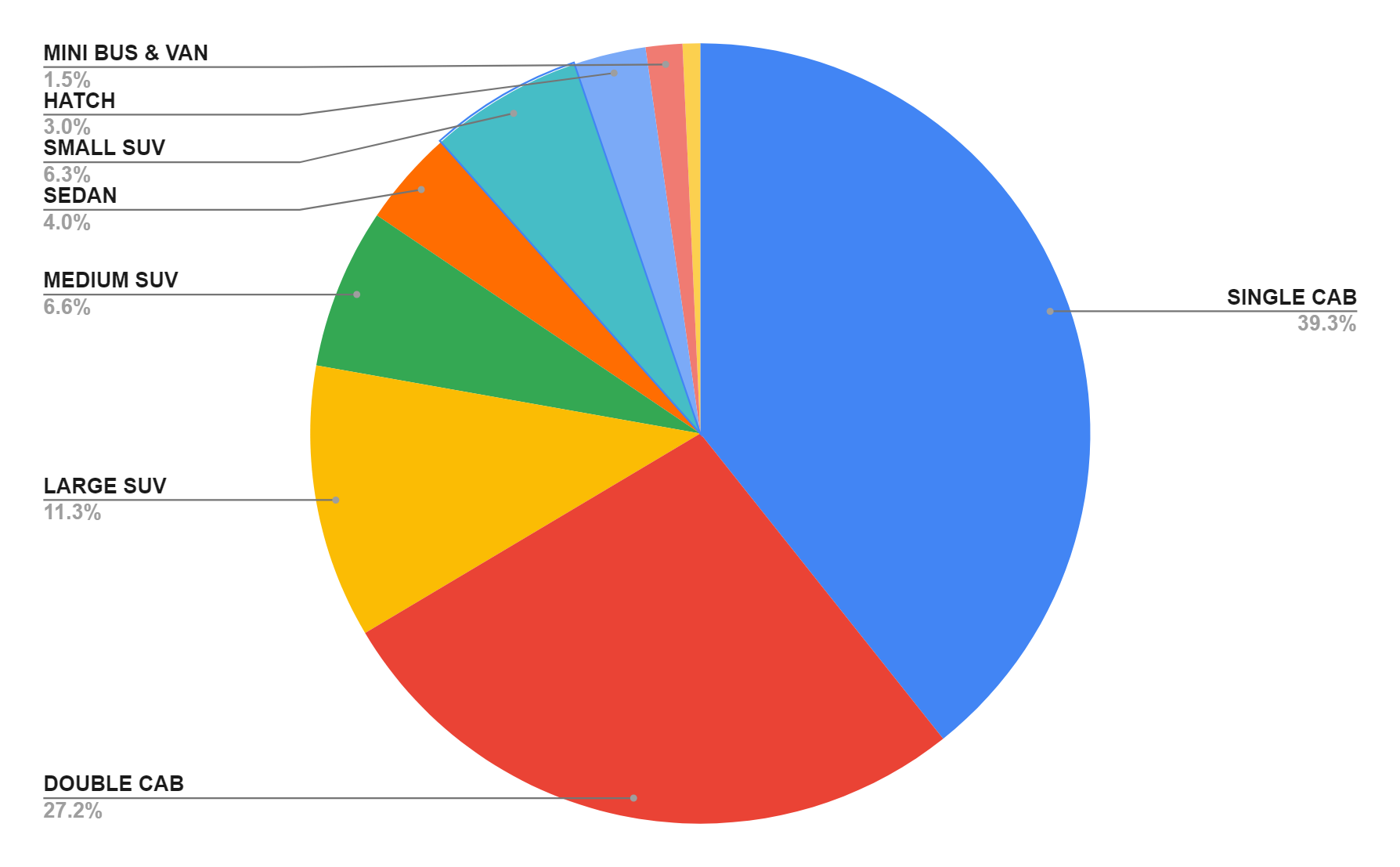
A lot of the use case of these pickups involve work around campuses (large farms, mines, etc.) where electric pickups could slot into some of these operations seamlessly supported by onsite vehicle charging. This is why I was excited to see that we are now starting to see more electric pickups being offered in some African markets. Some of the fully electric pickups that are now available in some African markets include the JAC T8 and the SAIC Maxus T90 EV.
There are also some interesting plug-in hybrid pickup trucks such as the Ford Ranger that will be built in Pretoria, South Africa. The Ranger Plug-in Hybrid combines a 2.3-liter Ford EcoBoost petrol engine with an electric motor and rechargeable battery system, delivering exceptional torque. Ford says this design also allows the vehicle to operate in pure electric mode, offering a targeted driving range of over 45 kilometers (approximately 28 miles).
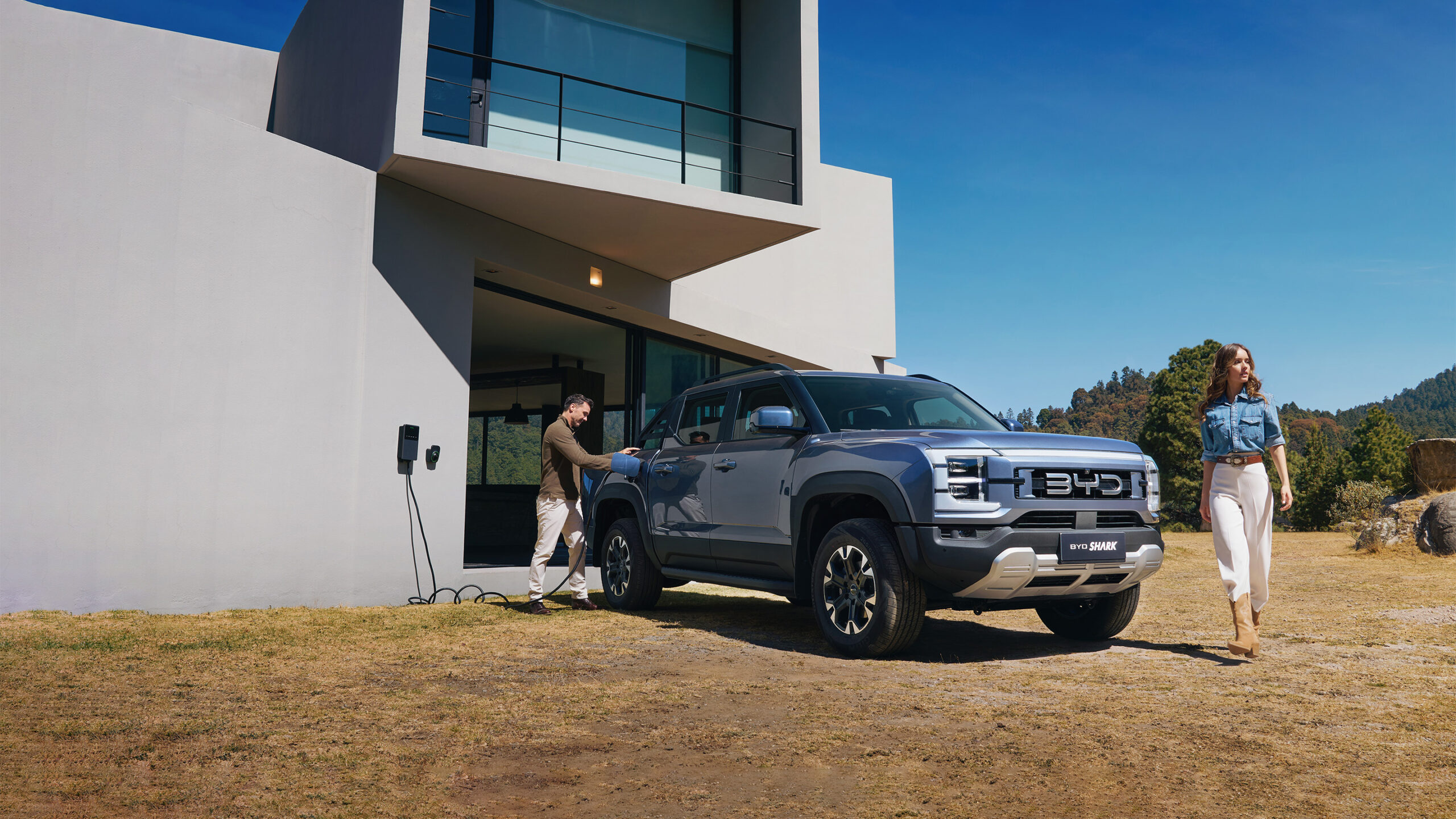
An interesting addition to the plug-in hybrid pickup segment is the new BYD Shark that has just been launched in Mexico. The Dual Mode Off-road (DMO) BYD Shark pickup has a stated acceleration from 0 to 100 km/h of 5.7 seconds, an NEDC range of 840 km from its 1.5L ICE engine paired with two electric motors. The front motor has a peak power of 170 kW and 310 Nm of peak torque. The rear motor has a peak power of 150 kW and 340 Nm of torque. The total from the electric powertrain is therefore 320 kW (429 hp) and 650 Nm of peak torque! Energy is stored in the 29.58 kWh BYD Blade battery. All electric range is stated as 100 km (NEDC).
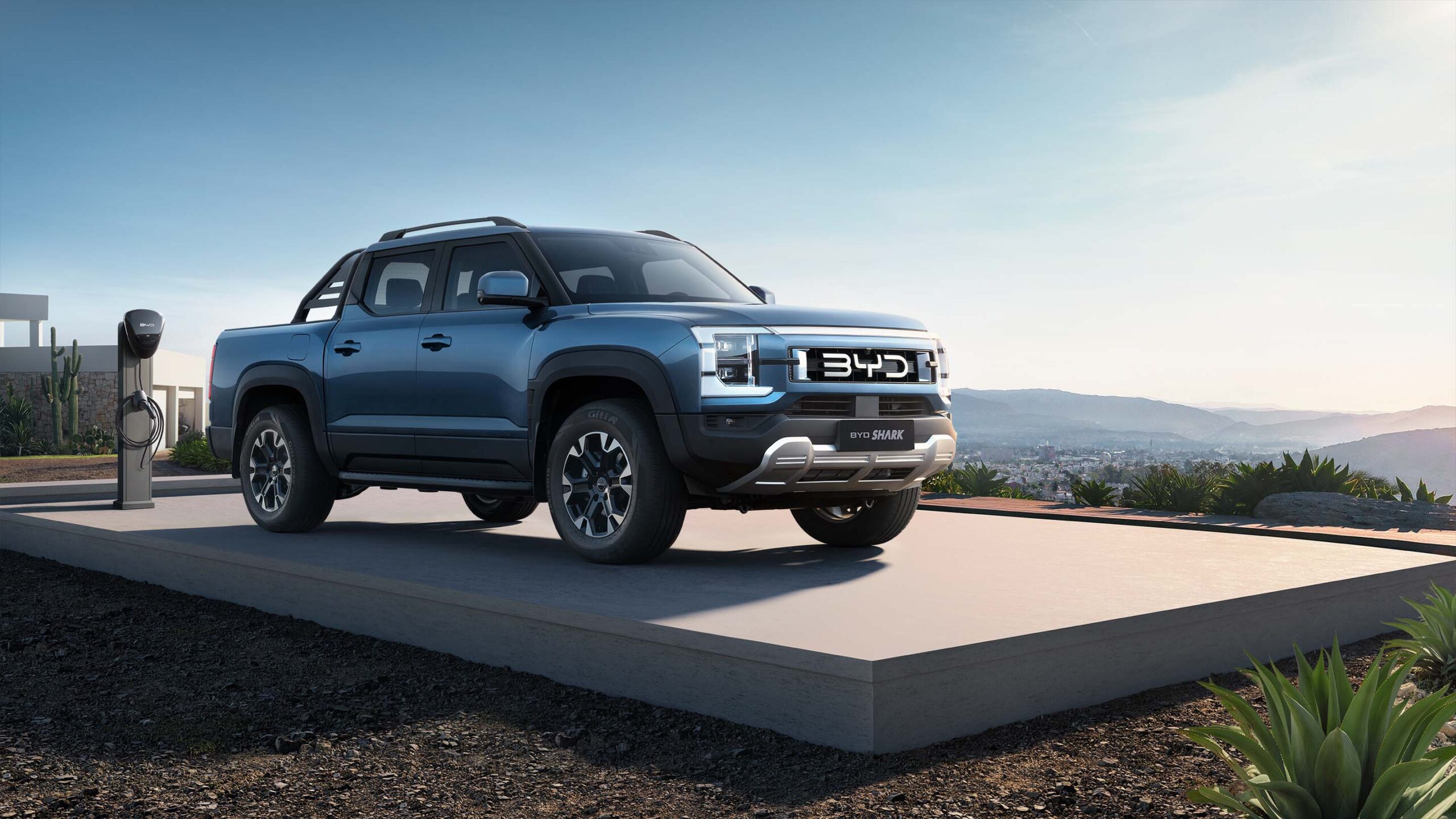
BYD says the battery is part of the chassis structure with a structural rigidity of up to 38% thanks to its Cell to Chassis (CTC) Technology. The BYD Shark’s body features 54% high-strength steel for optimal performance and weight reduction. On body stiffness, BYD says this helps in achieving ultra-high rigidity for enhanced passive safety and improved vehicle integrity and handling. The BYD SHARK also has 6 airbags. It also comes with Adaptive Cruise Control (ACC), Intelligent Navigation System (ICC), Forward Collision Warning (FCW), Rear Collision Warning (RCW), Rear Cross Collision Warning (RCTA), Rear Cross Collision Braking (RCTB), Lane Departure Warning (LDW), Lane Departure Collision Warning (LCW), Emergency Lane Change Assist (ELKA), and Automatic Emergency Braking (AEB).


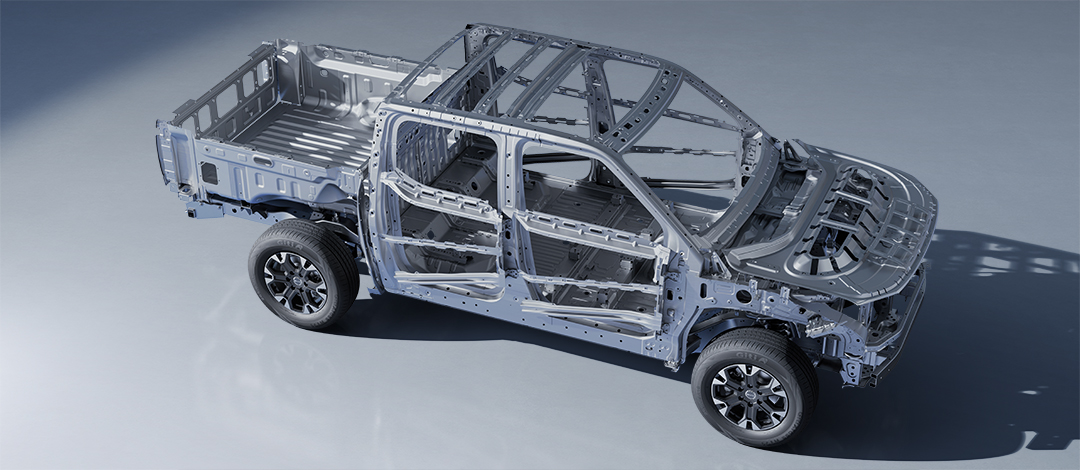
Although plug-in hybrids tend to divide opinion, with some saying the world should just go straight into full battery-electric vehicles and some saying longer range PHEVs with a range of at least 100 km could play a key role. Longer range plug-ins could play a significant role in markets were the charging infrastructure is not yet fully developed, easing range anxiety fears. BYD is working on a full battery-electric version of this pickup which will be released in a year or two from now, so getting these organizations and individuals accustomed to the plug-in hybrid could help prepare them for the inevitable arrival of the full battery-electric pickups from BYD as well as other OEMs. These plug-in hybrid pickups being introduced in a key vehicle segment could help catalyze awareness into electric vehicles on the African continent. I hope BYD brings the Shark to as many African counties as soon as possible. It could be a game-changer, laying the foundation for a new age of electric mobility.

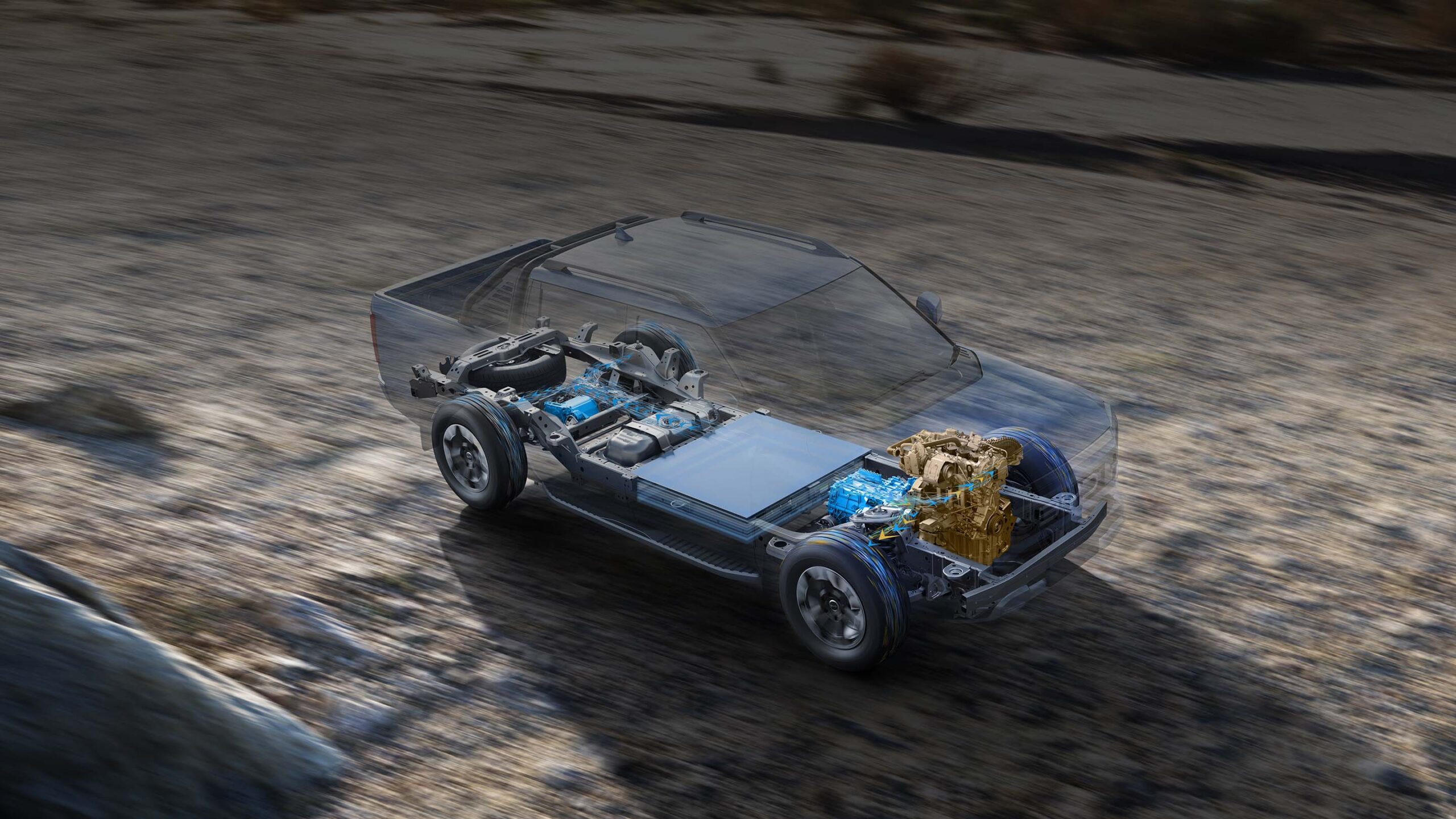
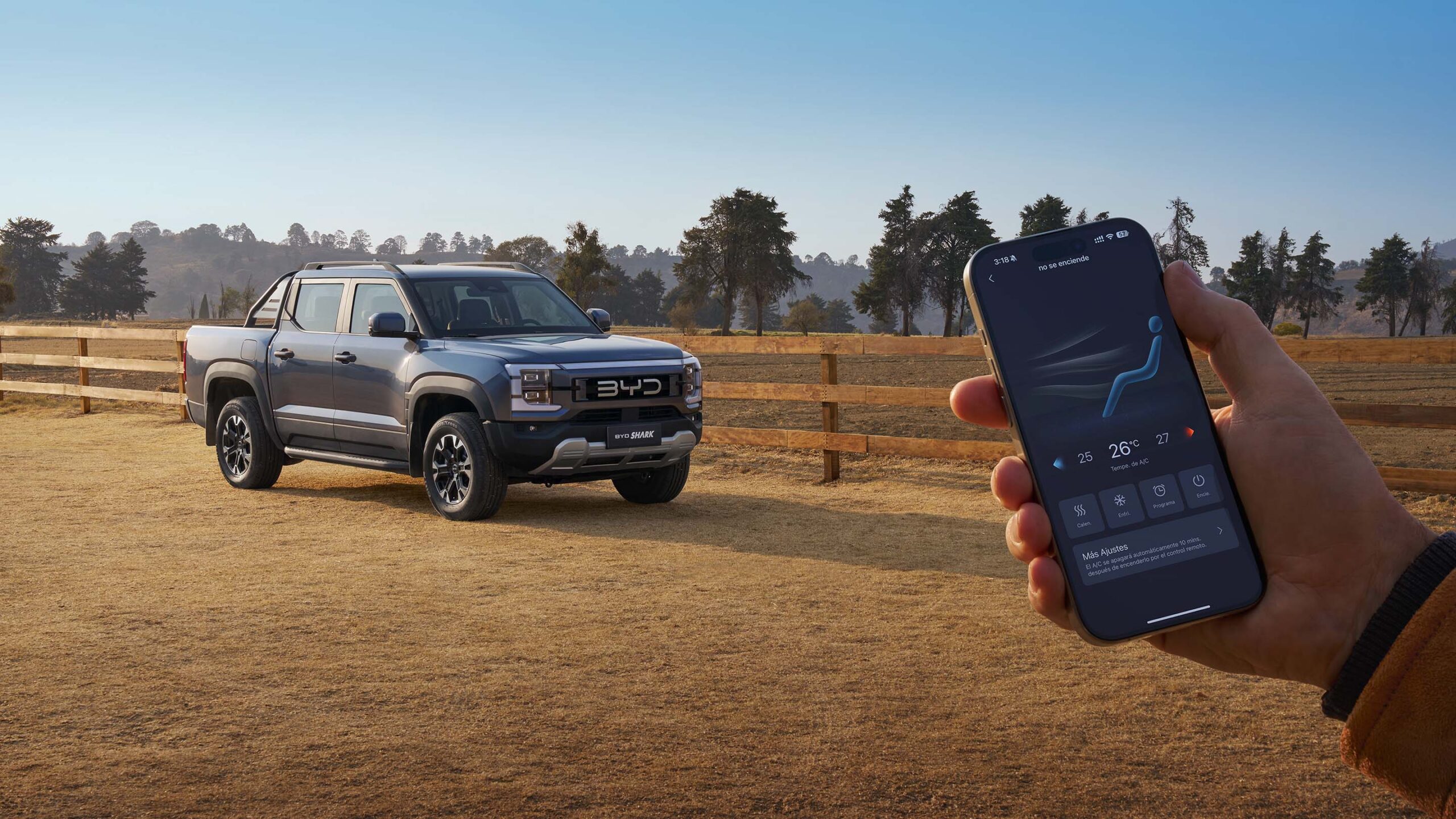
Images courtesy of BYD
Have a tip for CleanTechnica? Want to advertise? Want to suggest a guest for our CleanTech Talk podcast? Contact us here.
Latest CleanTechnica.TV Video
CleanTechnica uses affiliate links. See our policy here.





